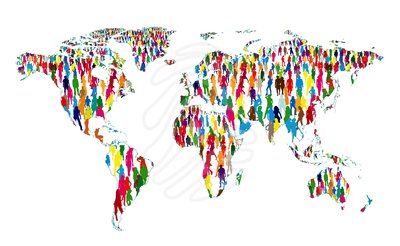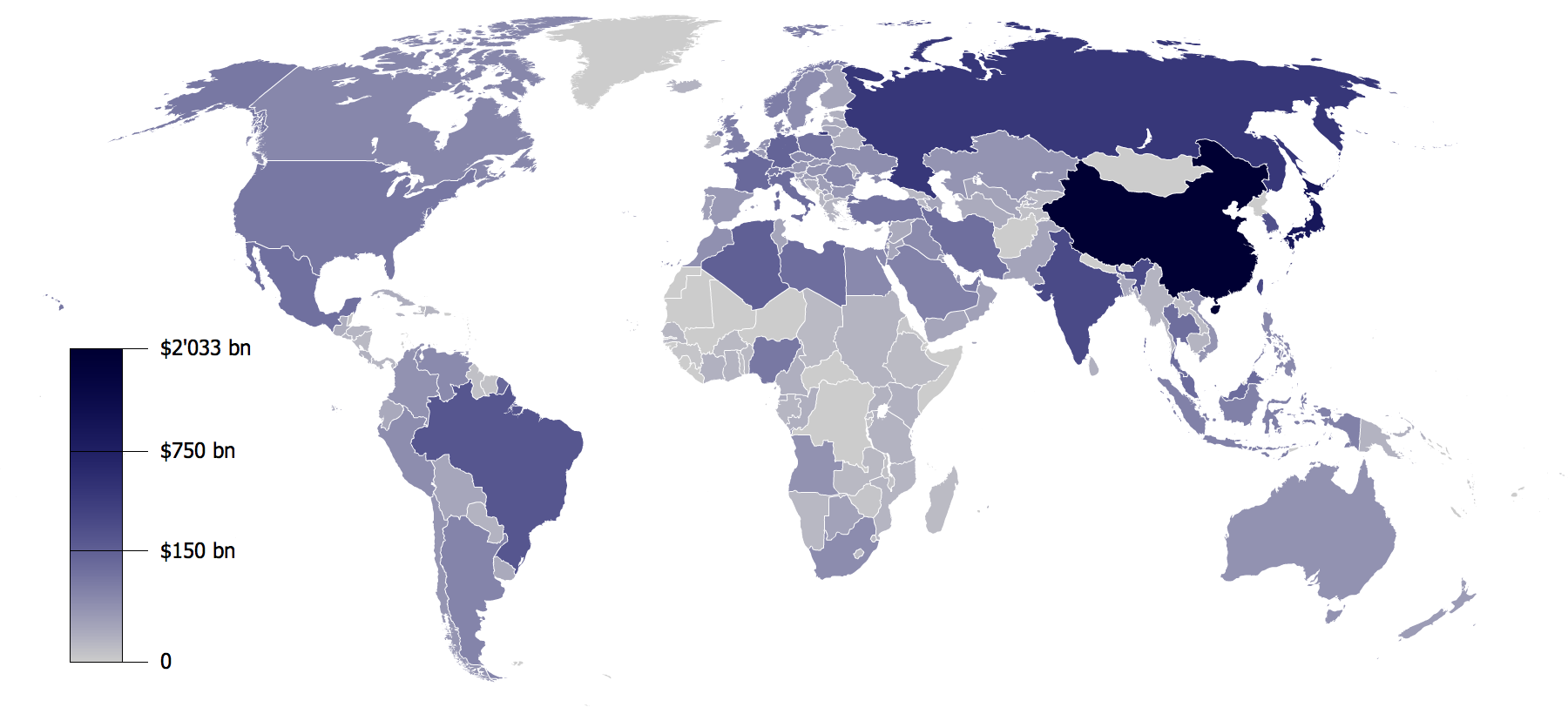Distributive justice of resources: disparities and marginalization (regional, caste/ethnicity, gender, rural and urban)
In democratic system the motto should be putting people first. It envisions welfare state and state is the prime entity to promote distributive justice. Distributive justice focuses on equitable distribution of resources regardless of caste, sex, class, origin etc. Distributive justice concerns the nature of a socially just allocation of goods in a society. A society in which incidental inequalities in outcome do not arise would be considered a society guided by the principles of distributive justice. Distributive justice is concerned with the fair allocation of resources among diverse members of a community.
Why distributive justice?
- decrease poverty gap and remove class divide
- to treat people equally regardless of their class, region, sex, origin etc.
- to establish a welfare state
- to promote state’s role
- to increase public’s quality of life
- empower the marginalized and downtrodden groups
- for balanced development
- to practically apply accountable state mechanism
- distribution of resources and end monopoly
Efforts to promote distributive justice
- constitutionally accepted concept
- placed in periodic plan
- annual budget focusing on welfare as well as production increase
- financial help for elderly, widows, differently abled etc
- free medical treatment in government hospitals
- incentives in various commodities for downtrodden groups
- proportional representation encouraged and actively pursued by government policy
- focused plan and actions
- poverty alleviation fund and other similar mechanisms established.
Regional disparities can be seen in Hills, Terai and mountain region of Nepal. These disparities are clear in sectors like education, health, communication, drinking water etc. Disparities can be seen in different development regions and the cause of this disparities includes remote nature of Geography, low resources, lack of private sector interest, high budget requirement and lack of committed state’s work.
Caste/ethnicity: Disparities and marginalization is high among indigenous people leaving a few. So called Dalits are at the bottom who are socially and economically backward. The cause includes poverty, lack of access to state’s welfare mechanism, state’s wrong policy, social construct of disparity and exploitation.
Gender: Even though 2011 AD census shows that 51.5% of total population are women, their access to education, employment and health is negligible. They are the target of violence, murder, rape, witchcraft and sexual assault. The reason for this might be social norms, lack of government attention, rampant poverty, lip service by the state without any concrete policy implementation mechanisms.
Ruran and Urban: About 17% live in urban area and 83% live in rural areas (2011 census). People in rural areas are especially lacking in basic facilities like education, health, employment, drinking water, communication, transportation, electricity, fuel etc. Poverty in rural area is about 27.5% which is far more greater than urban area (15.5%). The reason might be low allocation of government resources and budget, lack of infrastructure, brain drain from rural areas.










thank u so much for this effort u have made 🙂
Do you have all notes iN English